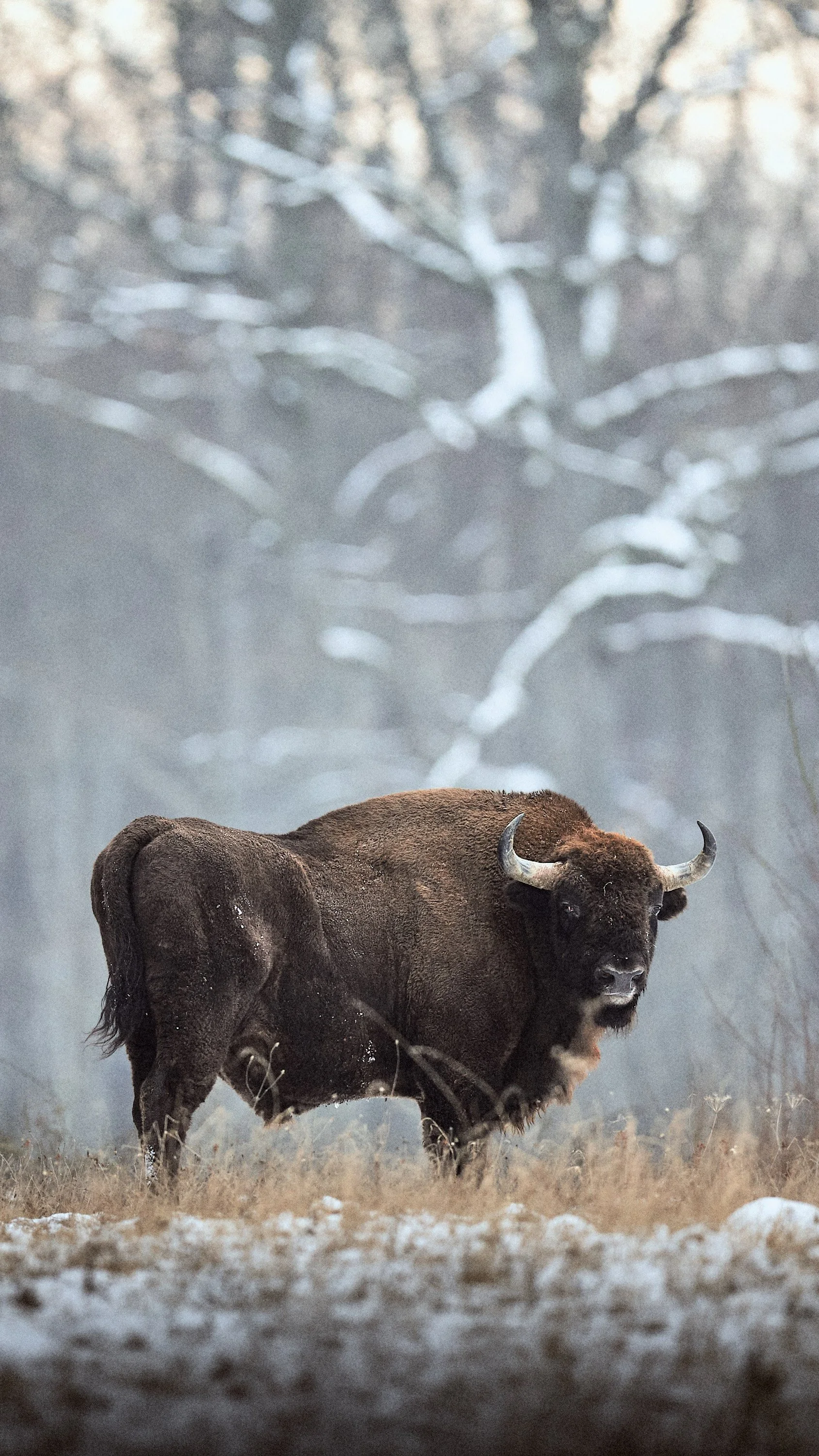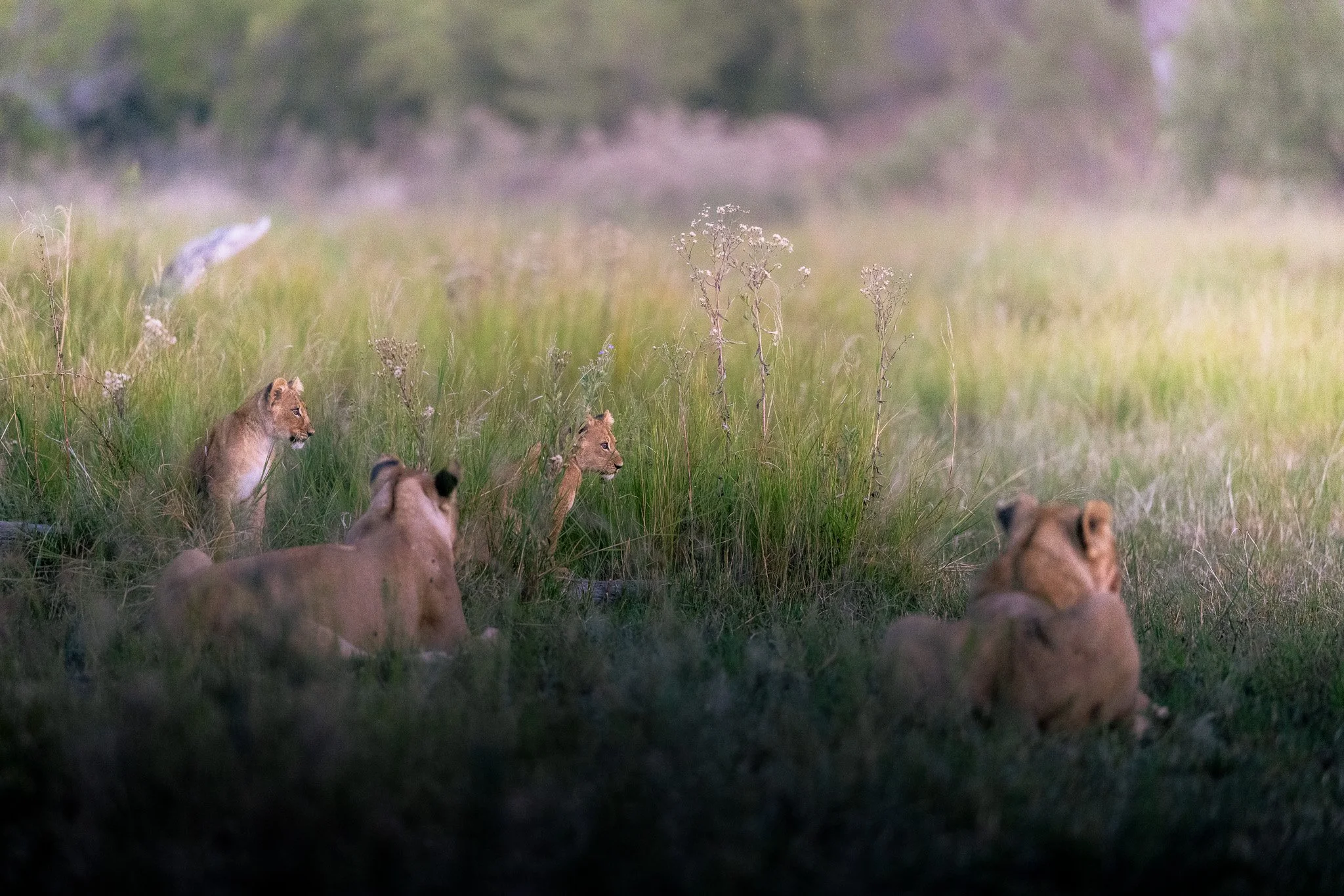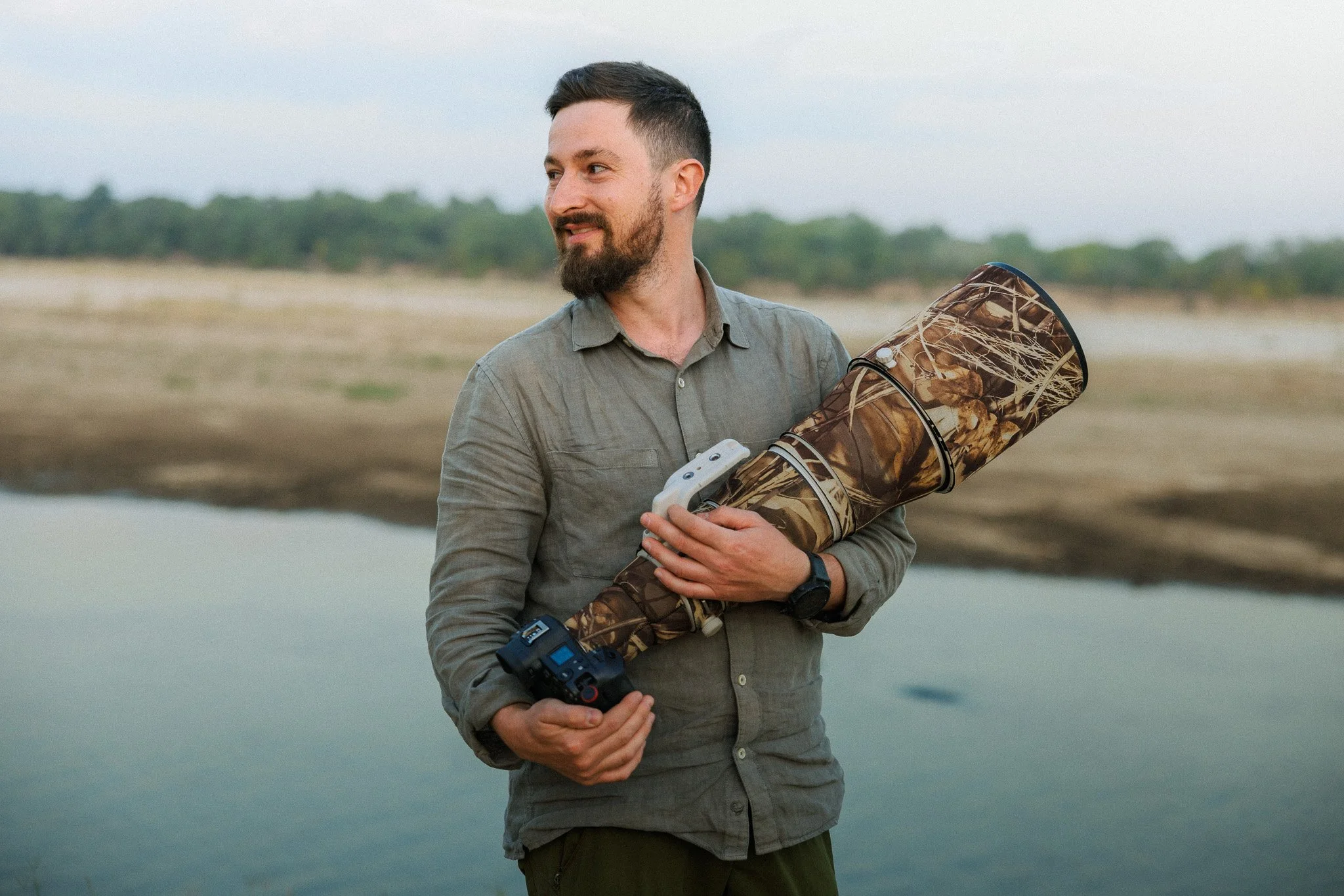Let's talk real for a sec. I'm guilty as charged. I've been there, lying flat on my belly in the dust, telephoto lens extended like some sniper's rifle, waiting to capture that perfect, tight portrait of a leopard staring directly into the camera. You know the shot—sharp eyes, blurry background, intense gaze. Instagram gold, right? But here’s the thing: when everyone’s doing the same damn thing, your photos stop being special. They become predictable.
I'll never forget one particular trip to Etosha National Park. I had just bought my shiny new 600mm lens and trust me, I wanted to use every last euro I spent on it. So there I was, framing up tight portraits of elephants and lions, thinking I was nailing it. But then I got home and sorted through my images. Yeah, they were sharp and the animals were majestic as ever—but something felt off. They all looked the same. And honestly, boring.
Then I stumbled upon an older image I had shot years ago with a mere 24-70mm lens (yeah, "mere," because now I had this fancy beast of a lens). This shot was different—it showed a herd of zebra drinking at a waterhole together with some giraffes in the golden light of sunset. The scene was dramatic. It told a story. It wasn't just an animal portrait—it was an environmental portrait that pulled you right into the African landscape.
That moment was like a slap in the face. I realized I'd gotten lazy and fallen into a creativity trap. Social media had conditioned me into chasing "likes" rather than chasing stories. Tight portraits were winning likes but losing soul. This is where creativity goes to die.
So, here’s what I did to shake things up. Next time I was out on a safari, I challenged myself to start wide. Instead of automatically slapping on my longest lens, I began with a 100-500mm, sometimes even going wider to 35mm. My heart would sink a little, feeling guilty about leaving my 600mm unused in the bag, but that's exactly the point of the exercise. The trick is to resist that urge—just for a while—and embrace the wider view.
I was in Khwai, Botswana when I really put this exercise to the test. We came across a pride of lions with 5 or 6 cubs. My instinct screamed to zoom right in, capturing every whisker. But remembering my commitment, I stuck with a shorter lens - in this case I was on a 100-300 f2.8 - and took in the broader scene, with the mothers laying in the grass and the cubs being cubs. The wider composition told a story. It wasn't just another wildlife portrait—it was a moment frozen in time. Is that the best photo ever? No. But it’s something different, something I had to think of instead of just going auto pilot.
Another example is a photo of an ibex I took in my home mountains in Italy. I walked uphill for a couple hours with the 600mm on my back, but luckily that didn’t stop me from taking the shot with the 24-70mm. This image didn’t perform well when I posted it on Instagram - horizontal format??
But it looks amazing hanging on my wall, and I won’t get tired of it anytime soon.
📅 Ready to elevate your photography? Join me on an unforgettable photography workshop!
But here’s the good news: If the wide shot doesn't come together, it's way easier to zoom in and simplify your composition. You can't do the opposite. Starting wide and then narrowing down ensures you get the best of both worlds.
Let me give you some specific pointers I've learned from doing this exercise regularly:
Look for Layers: Include elements in your foreground, midground, and background. This creates depth and interest, guiding your viewer’s eyes through the scene.
Wait for Action: When shooting wider, patience is key. Wait for the animal to interact with its environment. A leopard climbing a tree, a herd crossing a river, or birds taking flight from an animal’s path—these moments turn good photos into epic stories.
Use Light Creatively: Wider compositions give you more room to play with dramatic lighting. Think backlit dust clouds, rays of sun filtering through trees, or stormy skies framing your subject. Great light can elevate your storytelling to another level.
Embrace the Imperfections: Wider shots won’t always be perfect. They’ll include elements you might usually avoid. But sometimes those elements—like an awkwardly placed bush or a patch of harsh sunlight—make your shot authentic and relatable.
Switch Perspectives Often: Don't stay glued to one spot. Move around, get higher, get lower, change your angle. Different perspectives can reveal entirely new stories within the same scene.
Eventually, I learned to balance things out. My 600mm lens didn't become obsolete—it just stopped dominating every decision I made. I now choose lenses based on the story I want to tell, not just on habit or social media pressure.
So, next time you're out on a wildlife adventure, challenge yourself. Leave that telephoto lens in the bag at first. Start wide, embrace the environment, and tell the bigger story. Your creativity—and your portfolio—will thank you.



















